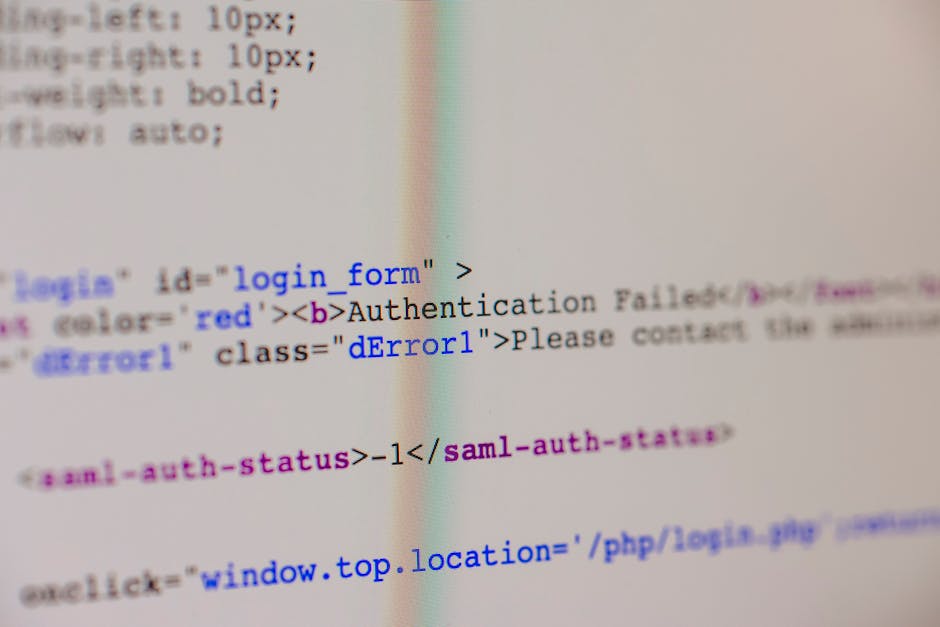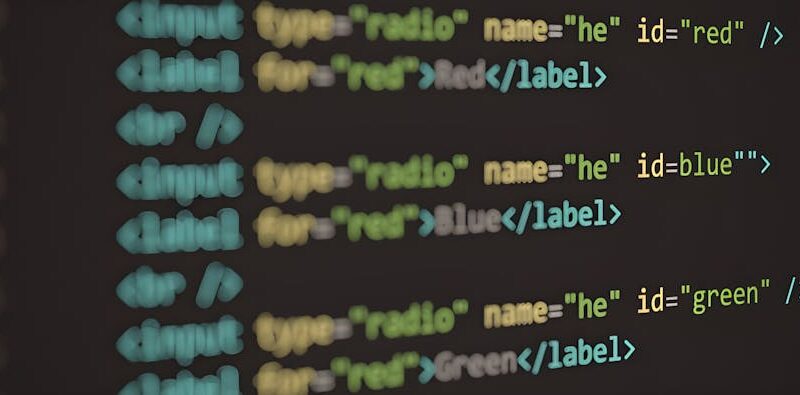Essential Elements of a Web Development Portfolio
Are you ready to showcase your web development skills? A great portfolio is your ticket to landing your dream job. it’s not just a collection of projects; it’s a story about who you are as a developer. Lets dive into what makes an effective web development portfolio!
What Should a Web Development Portfolio Include?

When creating your portfolio, think of it as a toolbox. Each tool serves a purpose. Here are the essential elements you need:
- Personal Branding: This is your chance to shine! Your name, logo, and color scheme should reflect your personality.
- Showcase Projects: Include your best work. Choose projects that highlight different skills.
- Case Studies: Share the story behind each project. Explain your thought process and the problems you solved.
- About Me Section: Introduce yourself. Share your journey in web development, your skills, and your passions.
- Contact Information: Make it easy for potential employers or clients to reach you.
Why is Personal Branding Important?

Your personal brand sets you apart. Think of it like a restaurants unique theme. It draws people in! A well-defined brand makes you memorable. Choose a consistent color scheme and font style that reflects your personality. This will make your portfolio visually appealing.
According to a study by CareerBuilder, 70% of employers use social media to screen candidates. Your online presence matters!
How to Choose Projects for Your Portfolio?

Not all projects are created equal. Pick the ones that showcase your skills best. Heres how:
- Diversity: Include different types of projects. This shows you can handle various tasks.
- Relevance: Choose projects relevant to the job you want. If you aim for a front-end position, highlight your front-end work.
- Quality over Quantity: it’s better to have three excellent projects than ten mediocre ones.
What Are Case Studies and Why Are They Important?

Case studies let you dive deep into your projects. They showcase your problem-solving skills. Explain your project from start to finish. Include:
- The Challenge: What problem were you trying to solve?
- Your Solution: Describe how you approached the problem.
- The Results: Share what happened. Did your solution achieve the desired results?
This storytelling aspect can captivate potential employers. It shows you’re not just a coder; you’re a thinker and a problem-solver!
What Should You Include in Your About Me Section?
Your About Me section is your chance to connect with your audience. Share your journey. This could include:
- Your Background: How did you get into web development?
- Your Skills: List the languages and technologies you’re proficient in.
- Your Passions: What excites you about web development?
Make it personal! People love stories. Share a little about your hobbies or interests outside coding. This helps humanize you to potential employers.
How to Make Your Contact Information Stand Out?
don’t make your audience hunt for your contact details. Place it prominently on your page. Include:
- Email: A professional email address is a must.
- LinkedIn: Link to your LinkedIn profile.
- GitHub: If you have a GitHub profile, include that too. It shows your code work.
Consider adding a contact form directly on your website. This way, potential clients can reach out without leaving your portfolio.
How Can a Blog Enhance Your Portfolio?
Consider adding a blog to your portfolio. Writing about your experiences and insights can set you apart. Heres how it helps:
- Showcases Your Knowledge: Writing about web development topics shows you’re engaged and knowledgeable.
- Builds Authority: Sharing tips and tutorials can position you as an expert in your field.
- Improves SEO: Regularly updated content can boost your portfolios visibility in search engines.
Even a few well-thought-out posts can add value. Choose topics you’re passionate about!
What Design Elements Should You Consider?
A clean, responsive design is key. Here are some design tips:
- Simplicity: Keep it simple. Avoid clutter and distractions.
- Responsive Design: Ensure your portfolio looks great on all devices.
- Visual Hierarchy: Use headings, subheadings, and bullet points to guide the readers eye.
Think of your portfolio as a well-organized room. A tidy space is more inviting!
How to Keep Your Portfolio Updated?
Your portfolio is a living document. Regularly update it with new projects and skills. Set a schedule to review your portfolio every few months. This keeps it fresh and relevant.
Consider adding a Latest Work section to highlight recent projects. This shows you’re active and continuously improving!
Common Misconceptions About Web Development Portfolios
Lets clear up some myths:
- Myth 1: I need a lot of projects to impress.
- Truth: Quality matters more than quantity. Focus on your best work!
- Myth 2: I can’t show my work if I’ve done it for a company.
- Truth: Share what you can. Discuss your role and contributions without revealing confidential info.
Understanding these misconceptions can help you build a stronger portfolio.
Final Thoughts: What Are the Actionable Takeaways?
Building a web development portfolio might feel daunting, but it doesnt have to be! Heres a quick recap:
- Define your personal brand to make a strong first impression.
- Curate your projects carefully; highlight your best work.
- Utilize case studies to tell your story and showcase your problem-solving skills.
- Keep your design simple but effective.
- Regularly update your portfolio with new skills and projects.
Now, go forth and create a portfolio that showcases your skills and personality! Remember, a great portfolio is both a reflection of your journey and a gateway to your future.
For more tips on web development, check out our post on Building Your First Website.
Happy coding!



